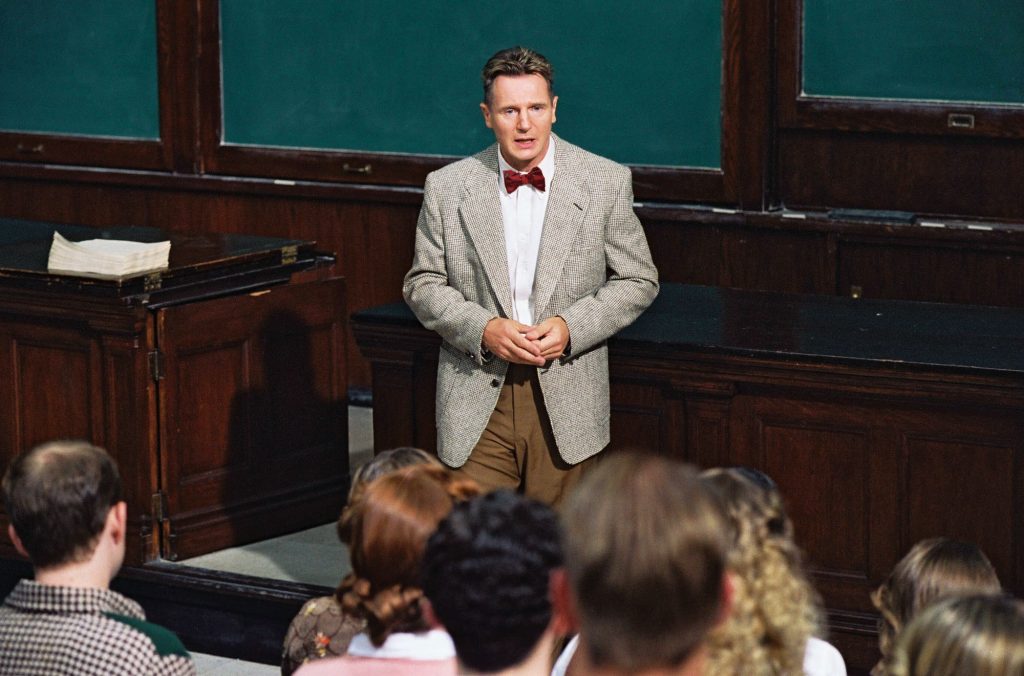What Is The Banking Theory Of Schooling?
o students, and they are thought of as if they were piggy banks as they receive the teaching. Some claim that at one time this was the primary approach most teachers had to education. The term is strongly rooted in deep Marxist philosophy.

The banking theory of schooling is a simple concept. In the classroom, a teacher will “deposit” knowledge to students, and they are thought of as if they were piggy banks as they receive the teaching. Some claim that at one time this was the primary approach most teachers had to education. The term is strongly rooted in deep Marxist philosophy.
This banking theory of schooling is also known as the banking model of education. The concept was first mentioned in the 1968 highly influential book titled Pedagogy of the Oppressed. The book was written by Brazilian philosopher Paulo Freire and translated for American audiences in 1970. In it, Freire saw Western Education through a Marxist critical pedagogy lens. Western educators, to Freire, were dictators and their students were the oppressed who were taught to conform to those standing in front of the classroom in power.
Was he wrong? Teaching in public schools held to this notion for decades. We may better know it as the Authority Teaching Style, but for the most part, teachers would stand in front of the class lecturing, and expecting students to retain the knowledge. Students were not expected to offer opinions unless they were called upon. Even then, what they would respond with would be what was taught, not their own opinion on the subject.
To Freire, this made students the oppressed. It was in school that they would learn their place in the social hierarchy, learning to accept their place. He felt that school was the time that students learned to become compliant workers and not to question authority.
On page 73 of Freire’s book, he describes the 10 features of his banking theory of schooling. These features are old school. This is how he believes teachers used to run classrooms.
- The teacher teaches while the students are taught.
- The teacher knows everything while the students are ignorant.
- The teacher thinks while the students are thought about.
- The teacher narrates and the students listen.
- The teacher disciplines and the students are disciplined.
- The teacher chooses and the students comply.
- The teacher acts and the students observe.
- The teacher sets the curriculum and the students adapt to it.
- The teacher claims authority to oppress the students.
- The teacher is the subject while the students are objects.
It is hard to imagine many classrooms following this banking theory model today. Most classrooms, even those in high school, are not set up this way. True, some subjects may require a certain amount of this “banking” style, but most classrooms today lean towards giving students a much stronger voice. Now, that’s not to say that, despite Freire’s obvious opposition to this style of teaching, it isn’t without some advantages.
BANKING THEORY PROS
A lot of good can come from using Banking Theory, despite opposition to it from Marxists. Here are a few of the advantages to that method of teaching…
Teacher’s Classroom Control – While many people would consider a banking approach to running a classroom a poor choice, some teachers feel it necessary to keep control in poorly behaved classrooms. In fact, they feel it may be the only way. This model allows for a teacher to be the ultimate authority figure, not allowing for crosstalk or dissension.
Values and Culture – The banking style is perfect for classes that teach traditional values or traditions. Clear and unquestionable wisdom is imparted, and these are things with no wiggle room. Facts are presented and students are not expected to question them.
Necessary Direct Instruction – There are certain times that a teacher must tell students, “That’s just the way it is,” and students will have to heed the call. Certain topics cannot be learned through trial and error. Knowledge deposited; knowledge received.
The Appreciation of Structure – Not all kids learn the same. Some actually need the structure a banking theory of schooling provides. It’s nice to have students engage with teachers, impart their own wisdom, but some students aren’t built that way. Some thrive by sitting back, taking notes, and memorizing facts.
Article continues below headlines

The Best Type Of Butter Dish For Your Home Kitchen
The history of the butter dish is intertwined with the history of butter itself and the evolution of dining etiquette. …
Continue reading "The Best Type Of Butter Dish For Your Home Kitchen"
The post The Best Type Of Butter Dish For Your Home Kitchen appeared first on Tell Me Best.
Continue
The Fantasy Comedy Adventure Anime That Will Win Your Heart Over
With so many anime following popular trends, mixing up shows and storylines is easy. However, when it comes to the …Continue reading "The Fantasy Comedy Adventure Anime That Will Win Your Heart Over"
ContinueBANKING THEORY CONS
Obviously, not all students enjoy this form of teaching style. While it may be necessary for some circumstances, this banking theory method of schooling can definitely have its drawbacks.
Missing Creativity – In this style, students are not encouraged to develop creative thinking. They may never work on developing their problem-solving skills as well. A teacher speaks, students are expected to listen. The thinking comes from the teacher and the teacher, through their lectures, solve problems as well.
Lack of Critical Thinking – Along with missing creativity, a student may also not learn how to use their cognitive skills. Banking Theory teachers expect students to take their word as truth. Without question. The inability to use critical thinking seriously hinders growth in students and as we all know, critical thinking is a skill important in the 21st Century.
Teaching the Power Imbalance – According to Freire and other Marxist idealists and activists, a classroom run in the Banking Theory style is where students are taught to accept a low position in the world. He sees it as all the power belongs to the teacher and students are not expected to question. There are unfavorable consequences to those who question the authority of the teacher. So as time goes on and students fall in line with this teaching style, they are taught their voice is not important.
WHAT IS THE BEST WAY TO TEACH KIDS?
The banking theory of schooling, while still relevant in some classrooms, is no longer the prevailing style of teaching. Today’s children need to be engaged. The fast pace of the real world no longer calls for a teacher standing in front of a classroom imparting their wisdom. Classrooms need pace. Children need all their senses challenged.
Modern students, perhaps due to being influenced by mass media, feel they have a voice. Of course, teachers need to still stand as the authority figure in the classroom, but giving students a voice, making them feel as if they are all in it together, can better prepare them for life outside the classroom. There still is a place for a banking theory in schooling but in today’s society, using it is beginning to be looked down upon by the education establishment.







